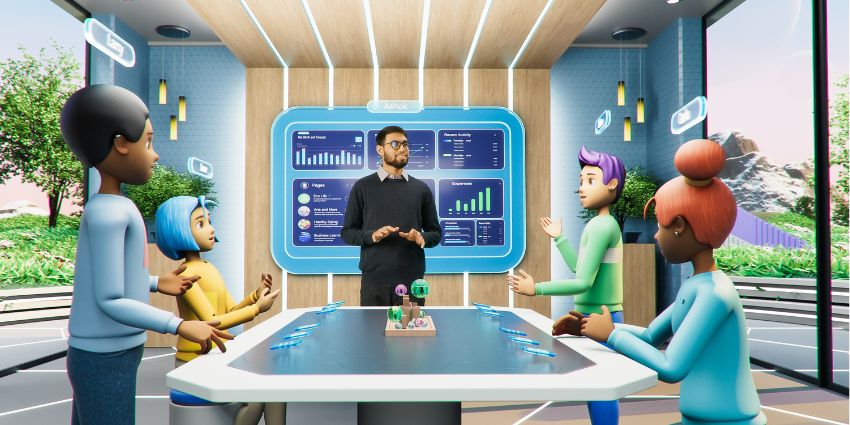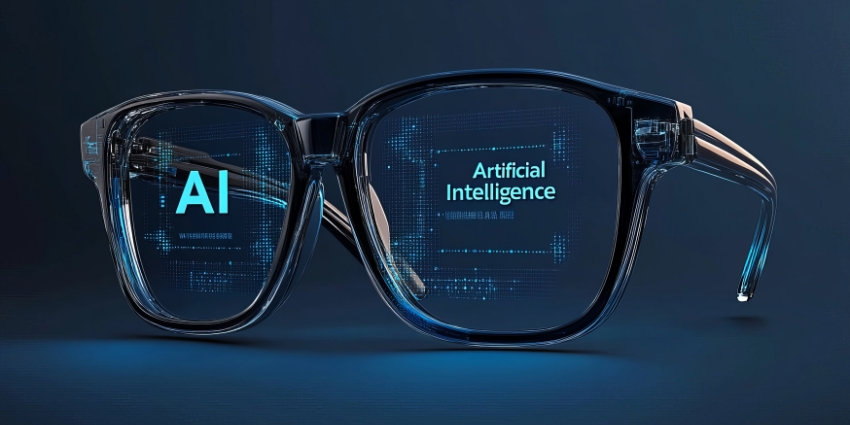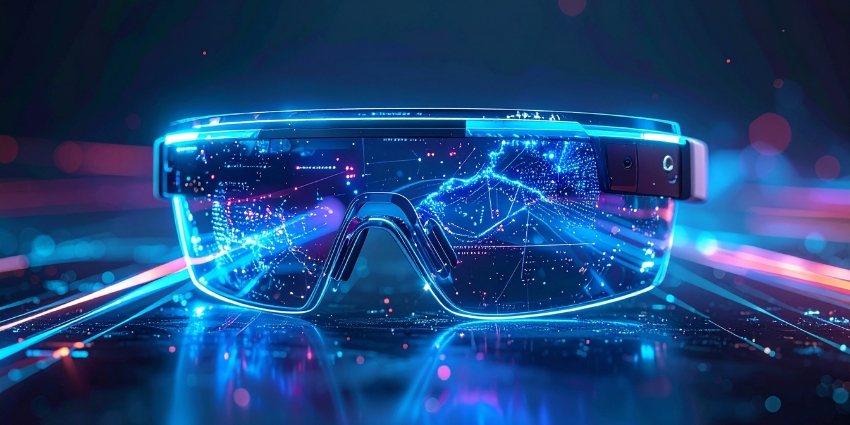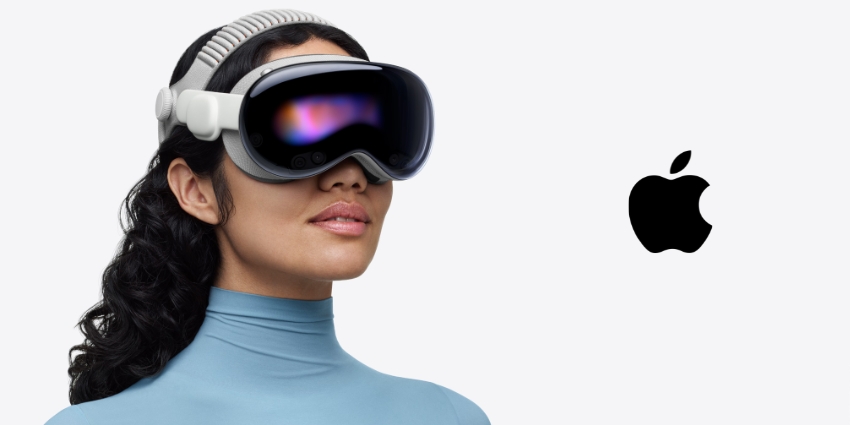At InfoComm 2025, HP and Google unveiled HP Dimension with Google Beam, an AI-powered 3D video communications system that aims to bridge the lingering gap between in-person and remote collaboration.
Touted as a breakthrough in spatial computing and real-time communication, the solution is outlined as delivering a true-to-life, headset-free holographic meeting experience designed for enterprise environments.
Built on the foundation of Google’s Project Starline and powered by HP’s hardware and systems integration, HP Dimension uses advanced light field display technology, six high-fidelity cameras, and spatial audio to simulate in-person presence. Unlike VR or AR experiences that require wearables, this system works without headsets or glasses, placing it firmly in the realm of practical, deployable meeting tech.
The companies are pitching it as a new category of immersive enterprise collaboration. Alongside its visual realism and natural eye contact, the system integrates with Google Meet and Zoom Rooms natively and offers interoperability with Microsoft Teams and Webex. That makes it a viable deployment candidate for tech-forward enterprises rethinking hybrid collaboration, rather than as an abstract proof of concept.
Early tests touted by the businesses suggest the benefits go beyond aesthetics. HP and Google cite measurable cognitive and behavioural gains from test users, such as a 28 per cent increase in memory recall and up to 39 per cent more non-verbal cues when compared to traditional video conferencing.
If the solution fulfils its potential, these extend beyond nice-to-have features and into a foundation for better business outcomes in high-stakes, people-driven conversations like hiring, sales, and cross-functional alignment.
Why IT and AV Leaders Should Care About 3D Collaboration Tech Now
For CIOs, heads of workplace technology, and AV/VC decision-makers, HP Dimension with Google Beam teases a new frontier in immersive comms that’s been tantalisingly out of reach until now.
Many AV leaders at organisations across every industry have struggled to reconcile the two opposing forces of the drive for more immersive, in-person-like experiences and the need to keep tech infrastructure simple, manageable, and vendor-agnostic.
Beam just may be the first commercial solution to strike a workable balance. Unlike VR or XR platforms that remain niche due to complexity and user resistance, Beam is tailored for walk-up-and-use deployments in huddle rooms or executive meeting suites.
For IT leaders, the biggest draw may be its ability to embed into existing workflows. The integration with Zoom Rooms, Google Meet, Teams, and Webex reduces friction and lowers the barrier to adoption. That’s absolutely crucial for businesses already juggling overlapping collaboration tools across departments and regions.
It’s still early days for deployment at scale. Price points, room requirements, and IT stack integration will determine whether this becomes a staple of the hybrid workplace or remains a premium experience for select roles. But the strategic value is already clear that in an organisational environemnt where trust, alignment, and communication are currency, HP and Google are potentialy offering a powerful upgrade to how we show up virtually.
This also opens the door to high-value use cases beyond internal meetings. Just a few examples: remote CX walkthroughs, strategic client presentations, or talent acquisition, which are all areas where presence and nuance matter substantially. If HP and Google’s early metrics on focus, engagement, and memory hold up in the wild, the ROI case for high-touch teams becomes stronger.
The Post-Metaverse Reality: Is 3D Video the Future of Extended Reality at Work?
HP Dimension with Google Beam enters the market at a time when the metaverse hype cycle is waning. Just a couple of years ago, XR collaboration seemed destined to reshape workspaces. But bulky headsets, unclear ROI, and a lack of integration with real workflows have left many organisations alienated.
Beam may be the market correction that AV and collaboration leaders were waiting for. Rather than chasing a virtual world, it augments the real one, leveraging AI and optical innovations to deliver realism and emotional depth, without demanding behavioural change from users. There’s no avatar fatigue or hardware buy-in from each participant. Users simply walk in, sit down, and talk.
This pivot toward realism signals a broader industry shift. Market winds suggest that XR’s future in the enterprise space will be less about digital escapism and more about contextual, ambient immersion, where presence elevates productivity, not distracts from it. HP and Google are selling a more human version of the video call, possibly a more practical goal than the dream of the metaverse.
The Big Picture Take:
Whether HP Dimension with Google Beam becomes a game-changer or a premium niche product will naturally depend on how it scales in the coming year. But in an industry still searching the horizons for the next leap in collaboration, beyond flat screens and pixelated calls, HP and Google may have just signposted the way forward. Not by replacing the office, but by making the remote feel a little more tangible.







